.
PETROCHEMICALS AND FERTILIZERS
PETROCHEMICALS AND FERTILIZERS
Petrochemicals and fertilizers
QUALITY
Reliable. Consistent. Verified.
LINK IN A BLINK LLC FZ supplies a wide range of petrochemical products and fertilizers that serve as critical inputs for agriculture and industry. Our portfolio includes urea, ammonia, NPK, phosphates, and sulphur, as well as petrochemical feedstocks such as methanol, toluene, xylene, and benzene — all sourced from trusted global producers.
We work closely with manufacturers, distributors, and end-users to ensure the efficient movement of bulk cargoes to key markets across the Middle East, Asia, Africa, and Europe. Our deep understanding of commodity flows, market dynamics, and logistics ensures tailored solutions for both seasonal agricultural cycles and year-round industrial demand.
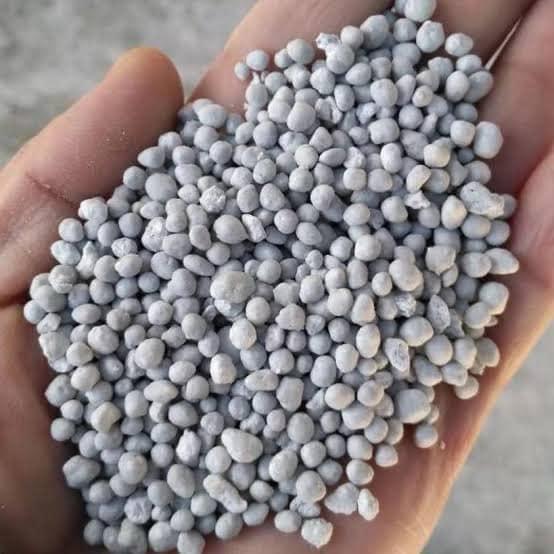
PRODUCTS:
PETROCHEMICALS
FERTILIZERS
PHOSPHATES
RAW MATERIALS
NITROGEN
POTASSIUM

PHOSPHATES
Most phosphate fertilizers are derived from phosphate-bearing raw materials, primarily sedimentary phosphorite and igneous apatite. The extracted phosphate ore undergoes processing to produce phosphate rock concentrate with a phosphorus pentoxide (P₂O₅) content ranging between 15% and 41%.
Available phosphate-based products include:
– Phosphoric Acid
– Mono-Ammonium Phosphate (MAP)
– Di-Ammonium Phosphate (DAP)
– Triple Superphosphate (TSP)
– Single Superphosphate (SSP)
These fertilizers play a crucial role in modern agriculture by enriching soil with essential phosphorus, promoting healthy root development and overall plant growth.
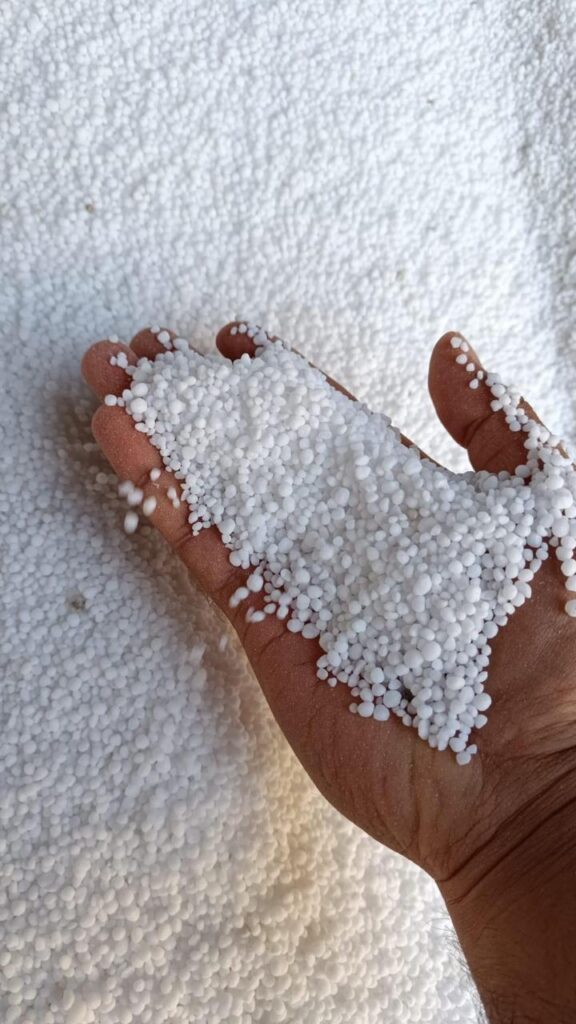
RAW MATERIALS
Sulfur is an essential nutrient that makes up approximately 0.2–0.5% of a plant’s total nutrient content. It plays a key role in the formation of plant proteins and enhances the efficiency of nitrogen utilization. Similar to nitrogen, sulfur is vital for the synthesis of amino acids, vitamins, and various enzymes that regulate both photosynthesis and nitrogen fixation.
Sulfur significantly contributes to improving crop quality, especially in oil-rich crops such as rapeseed, which have a particularly high demand for sulfur. Since sulfur and nitrogen work synergistically in plant development, crops requiring high levels of nitrogen typically also need adequate sulfur input.
TCT has successfully sourced and delivered large volumes of premium molten, formed, and prilled sulfur to clients across the Middle East and beyond.
Product Range:
– Sulfur
– Sulfuric Acid
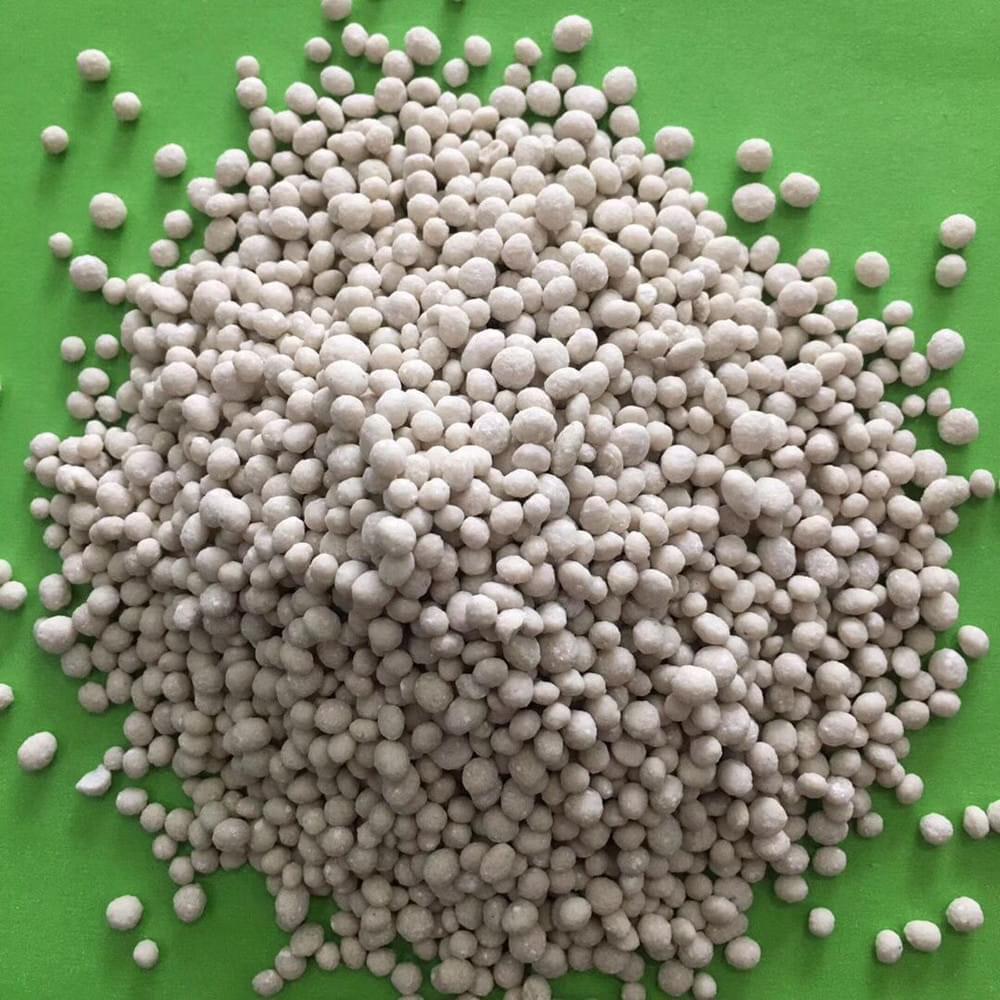
NITROGEN
Nitrogen is a fundamental element for plant life — essential for growth, development, and reproduction. Among all nutrients, it delivers the highest yield response and return on investment. As a key component of DNA, RNA, and chlorophyll, nitrogen directly influences photosynthesis, vegetative growth, and the overall health and green coloration of plants.
It serves as the building block of genetic material and is critical for cell division and protein synthesis. Without adequate nitrogen, plants struggle to thrive. That’s why nitrogen-rich fertilizers are vital for maintaining fertile and productive soils.
TCT has successfully transported large volumes of bulk nitrogen-based fertilizers, including ammonia and urea, while ensuring all necessary precautions for handling due to their hygroscopic and potentially reactive nature.
Nitrogen-Based Products:
– Ammonia
– Urea
– Ammonium Sulfate
– Ammonium Nitrate (AN)
– Calcium Ammonium Nitrate (CAN)
– Urea–Ammonium Nitrate (UAN)
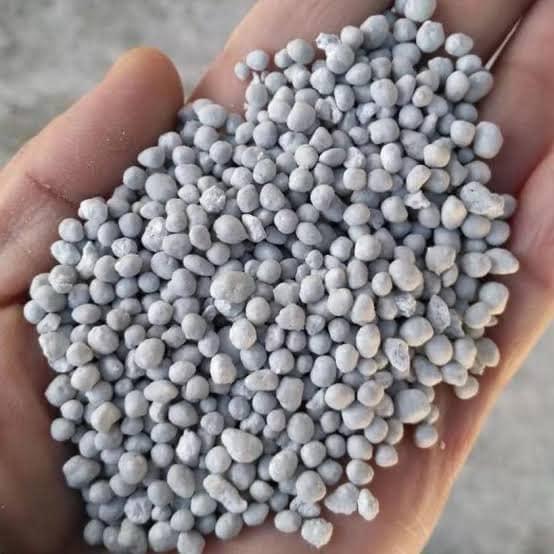
POTASSIUM
Potassium ores are primarily of marine origin and are obtained through various methods such as underground mining, solution mining, or evaporation of mineral-rich brine from natural water sources. The resulting potassium-based products typically contain between 14% and 61% K₂O (potassium oxide), depending on the type and processing method.
Potassium-Based Fertilizer Products:
– Muriate of Potash (MOP)
– Sulfate of Potash (SOP)
– Magnesium Sulfate of Potash (MgSOP)
– Nitrate of Potassium (NOP)
These potassium fertilizers are essential for improving plant resilience, strengthening root systems, and enhancing overall crop quality.



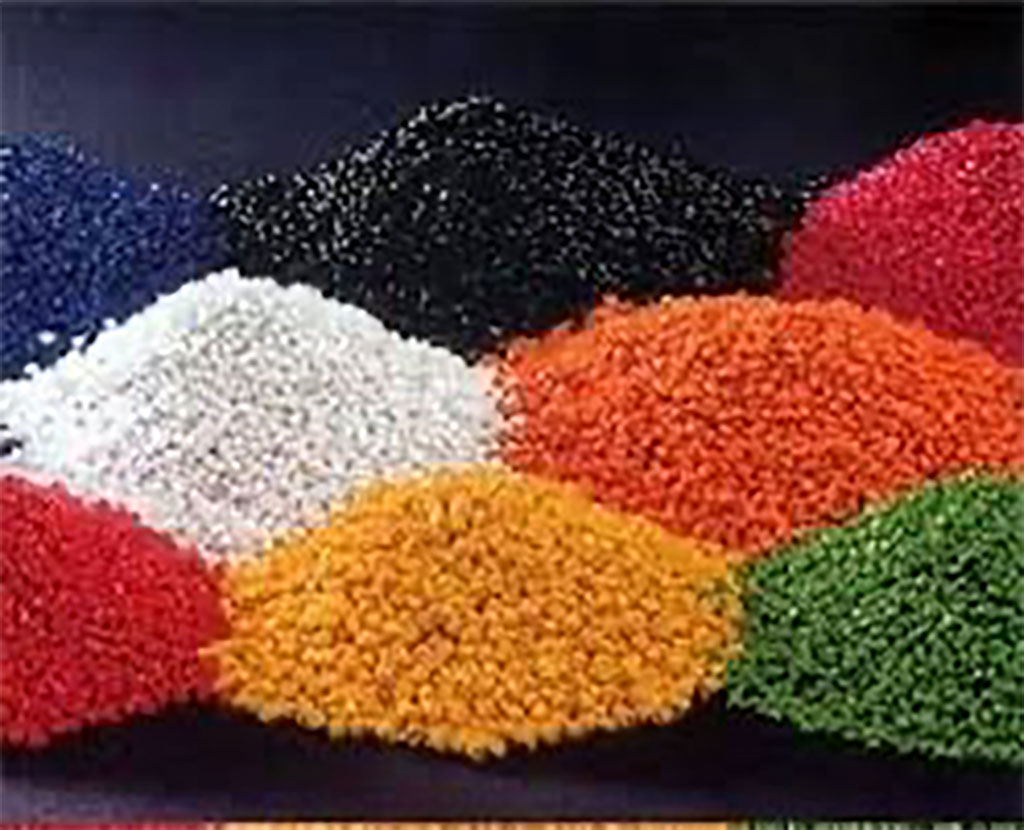
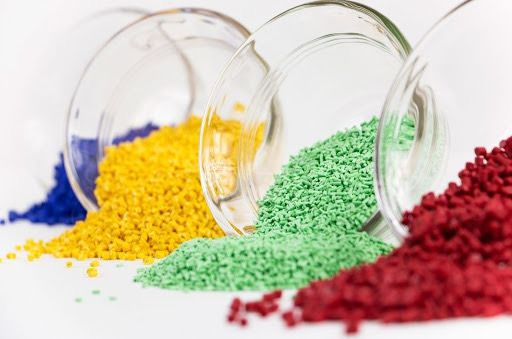
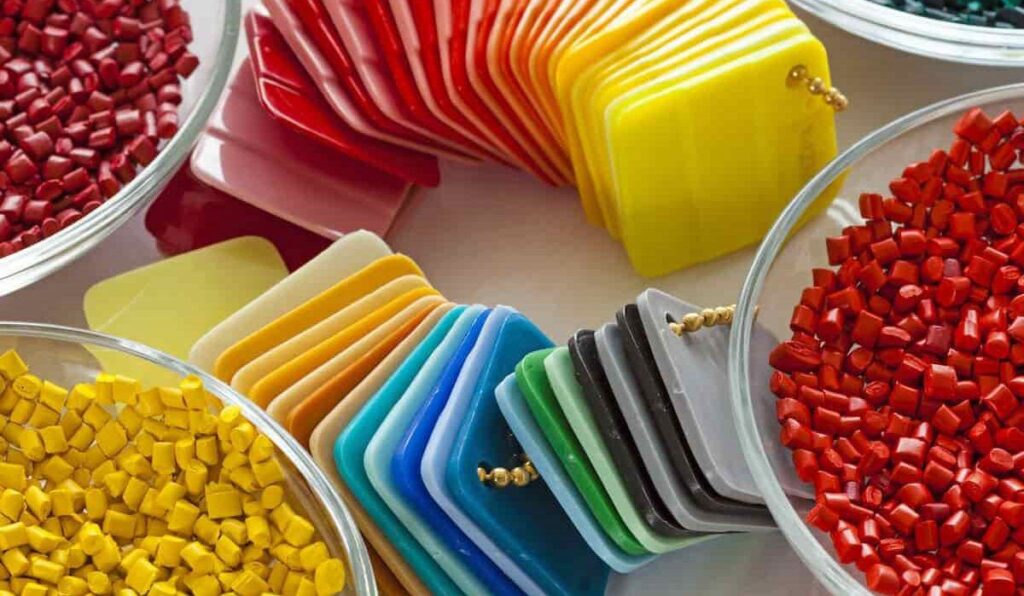
Types of Plastic Pellets
Plastic pellets serve as essential raw materials for manufacturing a wide range of plastic products, each designed with specific properties and applications. These pellets encompass various types:
Polyethylene (PE) Pellets
High-Density Polyethylene (HDPE)
Description: HDPE is a thermoplastic produced by polymerizing ethylene monomers. It is known for its high strength-to-density ratio, making it suitable for rigid applications.
Properties:
Strength: HDPE is strong and impact-resistant, ideal for products like bottles, pipes, and plastic lumber.
Chemical Resistance: It has excellent resistance to chemicals, making it suitable for containers holding hazardous materials.
Temperature Resistance: HDPE can withstand various temperatures, making it suitable for outdoor and industrial applications.
Common Uses:
Milk, detergent, and chemical bottles.
Pipes for water and gas distribution.
Plastic lumber for outdoor decking and fencing.ecosis.org+8Wikipedia+8plasticcollective.co+8
Low-Density Polyethylene (LDPE)
Description: LDPE is a thermoplastic produced by polymerizing ethylene monomers. It has a lower density compared to HDPE.
Properties:
Flexibility: LDPE is highly flexible and easily moldable, suitable for various applications requiring pliability.
Moisture Resistance: It has good moisture resistance and can be used in packaging applications.
Transparency: LDPE is often transparent or semi-transparent.
Common Uses:
Plastic bags and films for packaging.
Squeeze bottles and containers for food and household products.
Coatings for paper cartons and disposable gloves.Wikipedia
Polypropylene (PP) Pellets
Homopolymer Polypropylene
Description: Homopolymer PP is a thermoplastic polymer made by polymerizing propylene monomers. It is a versatile material known for its high stiffness and heat resistance.
Properties:
Stiffness: Homopolymer PP offers high rigidity, making it suitable for applications requiring strength.
Heat Resistance: It has good heat resistance, suitable for applications exposed to higher temperatures.
Chemical Resistance: Homopolymer PP also exhibits good chemical resistance.
Common Uses:
Packaging applications like containers and caps.
Automotive components such as bumpers and interior trims.
Medical devices and laboratory equipment due to its sterilizability and chemical resistance.
Copolymer Polypropylene
Description: Copolymer PP is a blend of propylene monomers with other monomers (usually ethylene). This blend enhances certain properties compared to homopolymer PP.
Properties:
Impact Resistance: Copolymer PP offers improved impact resistance compared to homopolymer PP, making it suitable for applications requiring durability.
Flexibility: It is more flexible than homopolymer PP, allowing for applications requiring living hinges and snap closures.
Chemical Resistance: Similar to homopolymer PP, copolymer PP exhibits good chemical resistance.
Common Uses:
Food containers and packaging where flexibility and impact resistance are important.
Living hinges in products like caps and containers.
Durable goods like automotive bumpers and battery cases.
Polystyrene (PS) Pellets
General Purpose Polystyrene (GPPS)
Description: GPPS is a transparent thermoplastic polymer made by polymerizing styrene monomers. It is known for its clarity and rigidity.
Properties:
Transparency: GPPS is clear and allows light to pass through easily, making it suitable for transparent applications.
Rigidity: It offers good stiffness, helping maintain the shape of products.
Brittleness: GPPS can be brittle at room temperature.
Common Uses:
Food packaging like disposable cups, containers, and trays.
Disposable cutlery and plates.
CD cases and jewelry boxes due to its optical clarity.
High Impact Polystyrene (HIPS)
Description: HIPS is a tougher type of polystyrene, created by incorporating rubber or other impact modifiers during polymerization.PolySource
Properties:
Impact Resistance: HIPS offers enhanced toughness and impact resistance compared to GPPS, making it less prone to breaking.
Versatility: It can be easily formed and molded, allowing for a wide range of applications.
Surface Appearance: HIPS typically has a matte surface finish.Wikipedia
Common Uses:
Electronics packaging, including TV and computer housings.
Refrigerator components like drawers and door liners.
Automotive interior parts like dashboard components and trim panels.Wikipedia
Polyethylene Terephthalate (PET) Pellets
Description: PET is a thermoplastic polymer resin from the polyester family. It is manufactured from ethylene glycol and terephthalic acid.
Properties:
Transparency: PET is highly transparent, allowing clear visibility of packaged products.
Strength: It is strong and lightweight, providing durability for packaging and products.
Barrier Properties: PET has excellent barrier properties against moisture, gases, and odors, helping preserve the freshness of packaged goods.
Recyclability: PET is widely recycled, contributing to its sustainability profile.
Common Uses:
Beverage Bottles: PET is the most common plastic used for water and soft drink bottles due to its clarity, strength, and lightweight nature.
Food Packaging: Used for packaging food items
